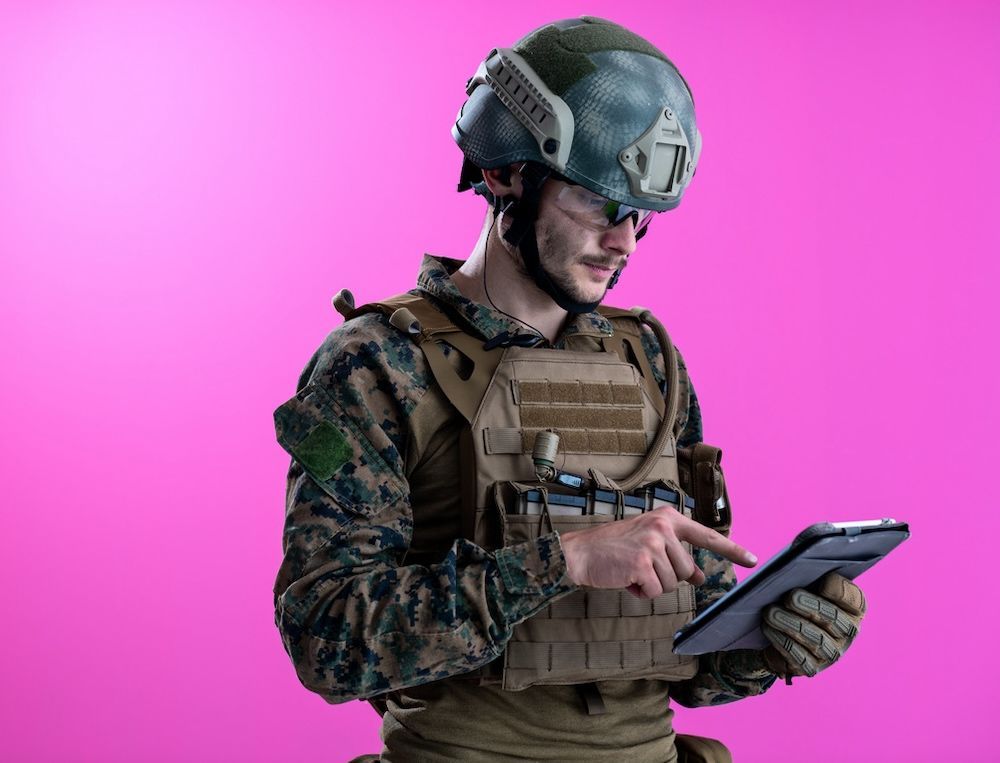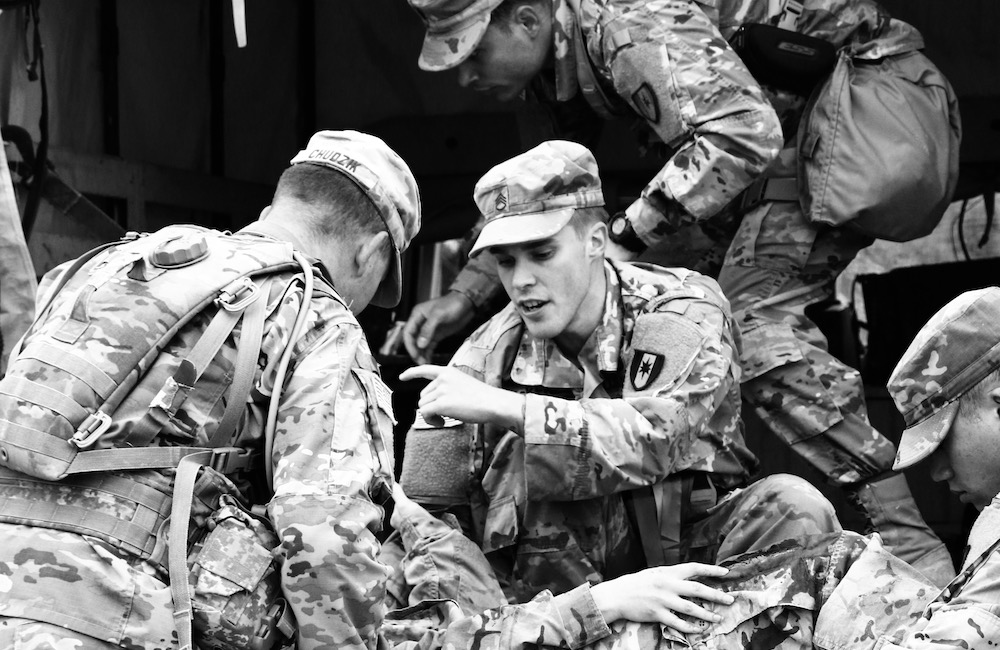The healthcare simulation hot wash debrief technique is a term which originated from a debrief after emergencies such as natural disasters, with the name “Hot Wash” coming from the Army for washing debris from hot weapons after use. In a world which is often centered around emergency preparedness, the importance of debriefing cannot be understated – and consideration for the use of a “Hot Wash Debrief” a key tool in clinical training which should be considered early and often. This article by Erin Carn-Bennett, RN, MSN will explore what hot wash debrief is and how this adjacent process has links to skills within the healthcare simulation environment.
Hot Wash is Not Just for the Military
The military model of a hot wash debrief has foundations to start learning from an emergency and improve responses as close to the event as possible. This is from the same foundations and principles of a clinical simulation debrief. Healthcare simulation teams have transferable skills to support and train any healthcare staff in how to undertake after critical event reviews.
A hot wash is another buzz word for terms such as a hot debrief. The military based strategy is centered around conservation of time. Benefits of immediate hot wash after a clinical event are that staff involved will have memories that are still fresh, and clear. There may be an urge to allow emotions to settle prior to an after clinical event review. However, as with debrief after healthcare simulation scenarios this is better undertaken immediately after. This allows for support to make sense of what has occurred and to move through mental processing of this.
Hot wash is a type of debrief which is an informal process which has the ability to capture insight from any individuals that were involved in either a clinical case or natural disaster. After a clinical event or natural disaster response, anyone involved should meet to review any observations from the event and reflect on any lessons that have appeared from the event. In a hotwash debrief the goal is speed.
View the LEARN CE/CME Platform Webinar Medic! The Latest in Trauma Simulator Innovation from TacMed Solutions to learn more!
A hotwash should capture the most front of mind lessons and then save any deeper analysis for later. Such as the roots of the metaphorical name from soldiers in the army using a hot wash on weapons, the hot wash’s purpose is to remove the big debris without getting into the nitty gritty or any smaller details. Hot washes and after clinical reviews have similar foundations, although an after clinical review is built on the basis of a hot wash. A hot wash is classed as an informal process which is more agile than structured.
A hot wash usually follows the same format as an after clinical event review and has many similarities to a healthcare simulation debrief as well. A hotwash is a more concise version of either of these processes. However, the hot wash process is found in many of the safety mechanisms of a clinical simulation debrief process. This means that healthcare simulation staff are well trained to be able to teach foundational principles of the hot wash process and also to mentor other healthcare staff to perform them. In most basic formats though can be made unique to different areas a hotwash usually has four components such as: recap, review analysis, and improvements.
What to Ask in Each Segment of a Hot Wash Debrief
Recap: What was supposed to happen? Review: What actually happened? Analysis: What did the individual and team do right? Improvements: What could the individual and team do better? While speed is a central part for a hot wash, the lead facilitator may still want to lay some foundational ground rules and a time table of expected timeframes and content included prior to conversation around these four components.
Key Parts of How to Run a Hot Wash Debrief
As with any successful healthcare simulation debrief, the establishment of both intent and trust will increase likeliness of success. The main intent of a hot wash debrief is to mine strengths and weaknesses of a response to a clinical event or disaster in the healthcare environment. There may be a place to go over a specific aspect of the event rather than the whole event. The intention and plan of the hot wash with time frames should be made clear from the start so there is focus on the intended objectives and participants are aware of the plan.
Hot wash discussion focused on either on the four components listed above or personalized ones can guide discussions and keep the conversation focused. Hot washes are supposed to be collaborative and as with healthcare simulation debrief contribution will come with a solid foundation of psychological safety. As with clinical simulation debrief if the agenda is too structured, this may affect the flow of ideas shared.
As with clinical simulation debriefs there will need to be a facilitator who guides the conversation and lays the ground rules. This person will also collect and share the feedback unless allocated to another person present. A facilitator who wasn’t present for the event or involved in the response can add to psychological safety and genuine curiosity of exploration of the event if resources allow for this. Although this differs from clinical simulation debriefs, this can be a useful strategy for a review of any event by an individual with the skills required to perform a hot wash.
Data which is captured in a hot wash can assist to improve results of the hot wash and job allocation of follow up. A hot wash is fast and has a broad focus on the big picture overall. Therefore, there should not be too much focus on collation of in depth written feedback only key take homes.
As with a healthcare simulation debrief a hot wash should focus on the systems and processes rather than people. There should be no blame or shame placed on individuals for less than optimal performances or errors. As with clinical simulation debrief, the ability to highlight what was done right keeps the conversation positive, but is also able to be used as a vehicle for improvement.
This article has introduced the concept of a hot wash debrief as a tool to use quickly after a clinical event or natural disaster. The term hot wash has history within the military and is based on the concept of a quick process to wash off the major systems highlights and issues after an event. Skills required to run an effective hot wash are very similar to those required for healthcare simulation debrief. This versatile tool could be adapted to be used by many in healthcare simulation in a variety of settings.
Varjo Mixed Reality Headsets Advance Aeromedical and Military Training






